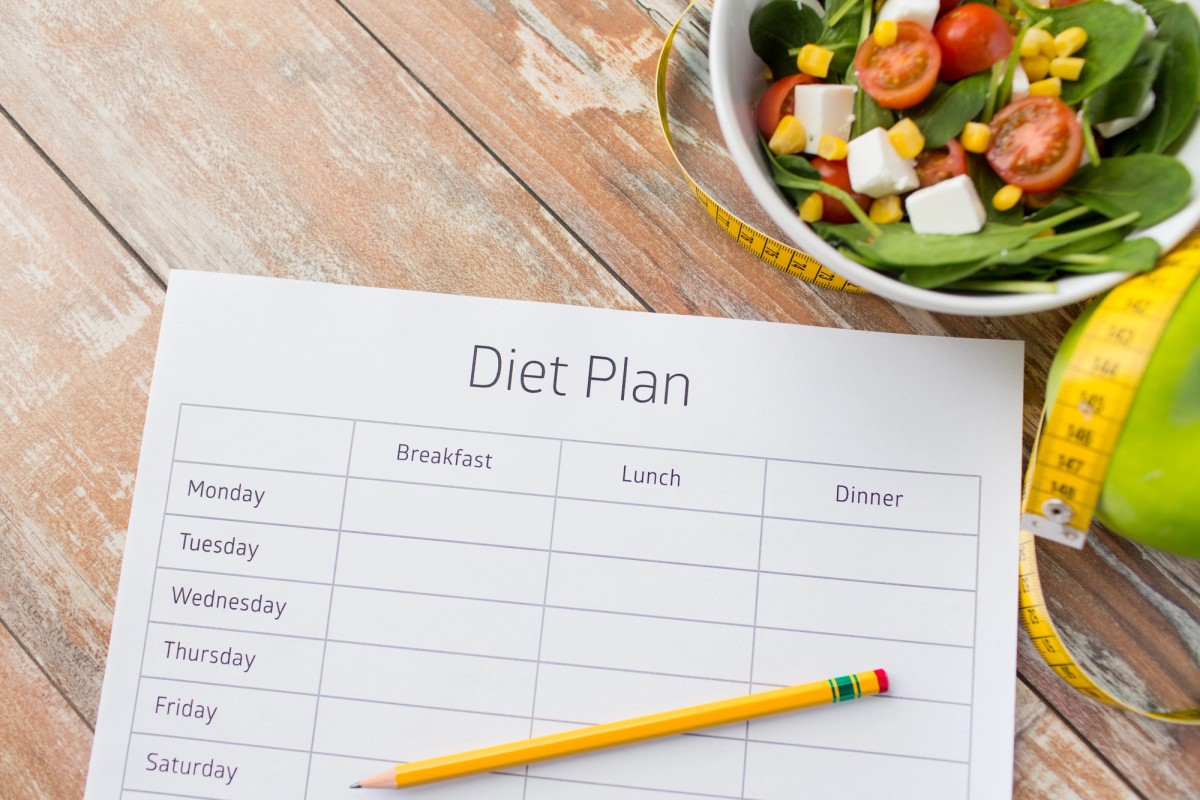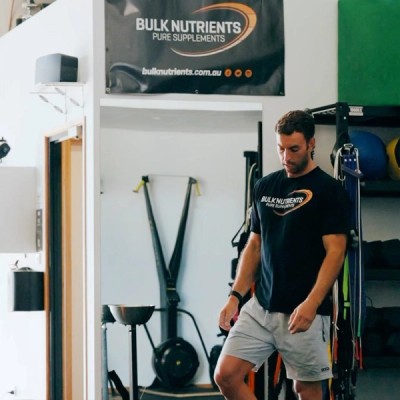Five Mistakes I Made as a Beginner Lifter

1. Not tracking calories or macro-nutrients
Tracking food intake is often avoided by a lot of people as they think eating healthy is all they have to do to make results. This is true in a sense, however, you must be either in a
Calorie Surplus (Gain Muscle) or Calorie Deficit (Fat Loss).
Without tracking your calories you are simply spinning your wheels and results will not be optimal.

2. Training hard, not smart
Gee that was a good workout, I got a real good sweat and my muscles are really sore. I am sure many people think this is the key to a successful workout.
In some cases this may be true, however, if you have been doing the same workout every single day at the same intensity your body will stop changing as it will become use to the stress you are putting onto it. Sure you will make initial progress but forget about long term progress.
Training smart is optimal to a successful program and essential for results. There is no need to beat yourself in the gym for hours on end as it is only going to damage your progress. Periodisation is a great method of ensuring you are training smart.
What is Periodisation?
Periodisation is the systematic planning of athletic or physical training. The aim is to reach the best possible performance in the most important competition of the year. It involves progressive cycling of various aspects of a training program during a specific period.
This can be done in a variety of ways but the main aim of periodisation is to keep challenging your body and ensuring progressive overload is achieved.
A sample of periodisation could look like this:
Hypotrophy Block
- Week 1: Ben lifts a total of 12 sets per muscle group per week.
- Week 2: This week in order to ensure he challenges his body he lifts a total of 14 sets per muscle group.
- Week 3: 16 Sets
- Week 4: 18 Sets
- Week 5: 20 Sets
- Week 6: De-load (6 sets per muscle group)
In all these weeks progressive overload is achieved and you are continuing to challenge your body, ensuring optimal results are made to your physique. This phase of periodisation is then ended at 20 sets, due to the concept of MRV.
What is MRV: Maximum Recoverable Volume?
Research shows “Your body can only recover from so much. Once all of your body’s recovery systems are in full use, any more disruption to the system (training is a big one) will cause incomplete recovery during that time. Yes, training hard is great, but if you train harder than your body can recover from, you can forget about growing because your body won’t grow any muscle if it can’t recover on a regular basis.”
This term means the maximum workload an individual can handle and recover from within any given week.
Sure you may be able to complete a two-hour gym session. But do you think your body can handle that stress? The answer is quite often no.
Some individuals can handle higher volumes but most can only recover from 20-22 sets of stimulation per muscle group per week. Once this mark of 20 sets is met it is optimal to conduct a de-load to let your body recover and strengthen to go again. This brings me to my third mistake.

3. Ignoring de-load weeks
In the past, I have been in a tunnel minded mindset “I need to keep going, I need to keep putting on muscle.”
It may seem logical to keep training hard but unfortunately, your body eventually gets used to putting on muscle. Muscle gain loses steam after a few months and results begin to stall.
By conducting a de-load week you are re-sensitising your muscles in order to ultimately put on muscle again.
Due to the reduced volume in the de-load week, you are giving your muscles and joints a proper chance to recover in order to perform at their peak. Without the rest, your body deserves, you are wasting all your hard hours and effort spent in the gym.
4. Not changing up my training
Talking about re-sensitising your muscles in the last point, changing up your training is definitely under looked.
My goal is to put on muscle and it would make sense to always train in the 8-12 rep range and complete hypertrophy blocks of training back to back.
However, your body eventually gets used to the high volumes you are throwing at it week to week.
Conducting a strength phase that is lower in volume will give your body a break from the higher volumes found in a hypertrophy block.
Completing a strength block will keep training fresh and will allow your body the chance to get stronger at the big compound lifts.
During this phase of training, I generally stick to a calorie maintenance phase, due to my body not needing the extra calories to recover from workouts.
After a strength phase of training is completed you can begin another hypotrophy block of training. In this hypotrophy block, you will see immediate changes due to your body responding to the higher volumes thrown at it. In my opinion, this is the most optimal training method for muscle building.

5. Conducting never-ending cutting cycles
Ever found yourself eating only tuna and greens?
In the past after a bulking phase, I have conducted never-ending cutting phases in the hope to lose all the stubborn body fat.
As fat loss stalls I would continue reducing calories in the hope to continue losing fat. Eventually reaching a point of eating barely anything and not fueling my body or brain with the nutrients required for optimal functioning.
In essence, this causes you to begin to lose all the hard-earned muscle you put on and you are only spinning your wheels year to year.
Unfortunately, all the fat can’t be lost at once and it is important to look at the bigger picture. I have found a better approach is conducting shorter cutting cycles in order to minimise muscle loss. The shorter cycles I have had the most success with are between 6-14 weeks.
I hope these tips have given you some food of thought in your approach to training and muscle growth. Best of luck!
Ben Disseldorp































